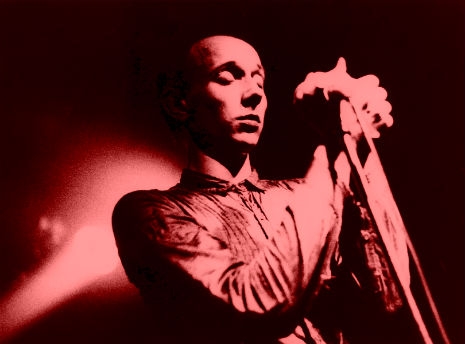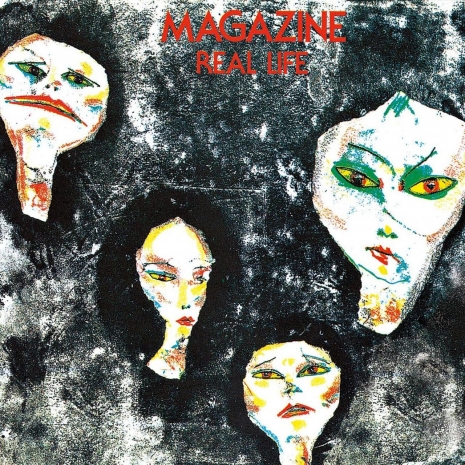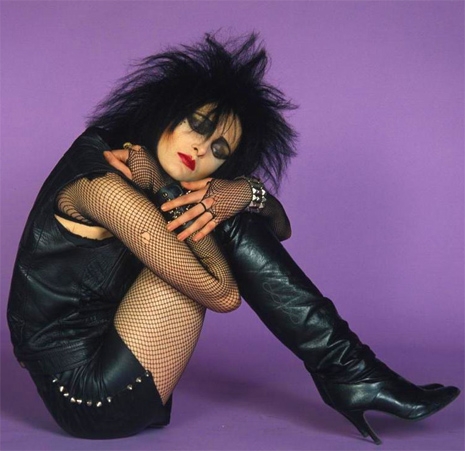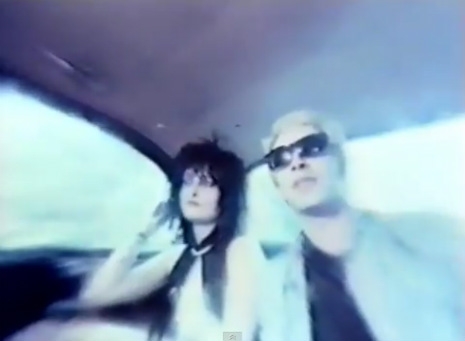
For his darkly literate songs of icy alienation, violence and psychological nonconformity, Howard Devoto has been called rock’s answer to Vladimir Nabokov. Devoto was all of 18 when he split off from Buzzcocks, the laddish punk band he’d formed in 1976 with his fellow Bolton Institute of Technology student, singer/guitarist Pete Shelley. After just one EP and a handful of live shows (including the 2-day Punk Rock Festival at London’s 100 Club which also included Sex Pistols, Subway Sect, Siouxsie and the Banshees, The Clash, The Vibrators, The Damned and the French group Stinky Toys) Devoto felt constricted by what he perceived as the cliches of punk’s predictable three-chord thrash. “What was once unhealthily fresh is now a clean old hat” he said at the time.
Devoto immediately went about forming Magazine, a musically complex group who were critical darlings, but whose records seldom charted very high on the pop charts. Magazine‘s unique art rock sound—heavily-influenced by David Bowie’s Low album—was a fortuitous combination of some truly incredible one-of-a-kind young talents: Devoto’s twitchy, half-sung, half-sneered vocals were matched perfectly by the multi-layered keyboards of Dave Formula; the singular guitar sound of the late, great John McGeoch and a phenomenal rhythm section consisting of Barry Adamson on bass and John Doyle on drums. McGeoch, who later played with Siouxsie and the Banshees and Public Image Ltd., has long been considered one of the greatest guitarists of the post-punk era, using flangers, a chorus effect and a percussive arpeggio technique to achieve his influential new sounds. Nothing, and I do mean nothing else sounded like Magazine did when their remarkable first album, Real Life, was released in 1978.

For such a young man, the prematurely-balding Devoto’s deeply cynical lyrics betrayed an intense and often-self loathing inner life. As a poet he was particularly adept at portraying insanity, social alienation and toxic anxiety (“Look what fear’s done to my body!” being one of his more memorable lines.) The music was simultaneously icy cold (Formula’s department), jagged and angular (McGeoch’s) and rocked like hell (credit due there to Adamson and Doyle). Truly Magazine were one of the most instrumentally formidable bands of their day and heroes to the sort of import record-buying rock snob smartypants who loved the Psychedelic Furs, Gang of Four and early Ultravox. Their profile in America was greatly enhanced by their appearance (singing “Model Worker”) in Urgh! a Music War and the release of their instantly classic sophomore effort Secondhand Daylight.
McGeoch quit the group in 1980 after the recording of Magazine’s third album The Correct Use of Soap frustrated with the low income and what he perceived as Devoto not giving his best efforts during an American tour. They recorded one final album without him, 1981’s unremarkable (especially when considering the three stone classics that had come before it) Magic, Murder and the Weather before Devoto would disband the group, finding no suitable guitarist to replace a genius like McGeoch.

After a solo album, 1983’s A Jerky Version of the Dream (if you are of a certain vintage you will no doubt recall the “Rainy Season” video, which at one point was on heavy rotation on MTV) and two albums as Luxuria, the enigmatic Devoto left the music industry entirely and became a photo archivist. A 2002 collaboration with Pete Shelley as ShelleyDevoto saw him get the music bug again, but it wasn’t till 2009 that Magazine reformed, first for a short series of live dates and then the critically-acclaimed No Thyself album in 2009. It’s unclear what the status of Magazine is today, although they did release a live EP (recorded in 2009) for Record Store Day on April 16, 2016.
“The Light Pours Out of Me”
Much more Magazine after the jump…








